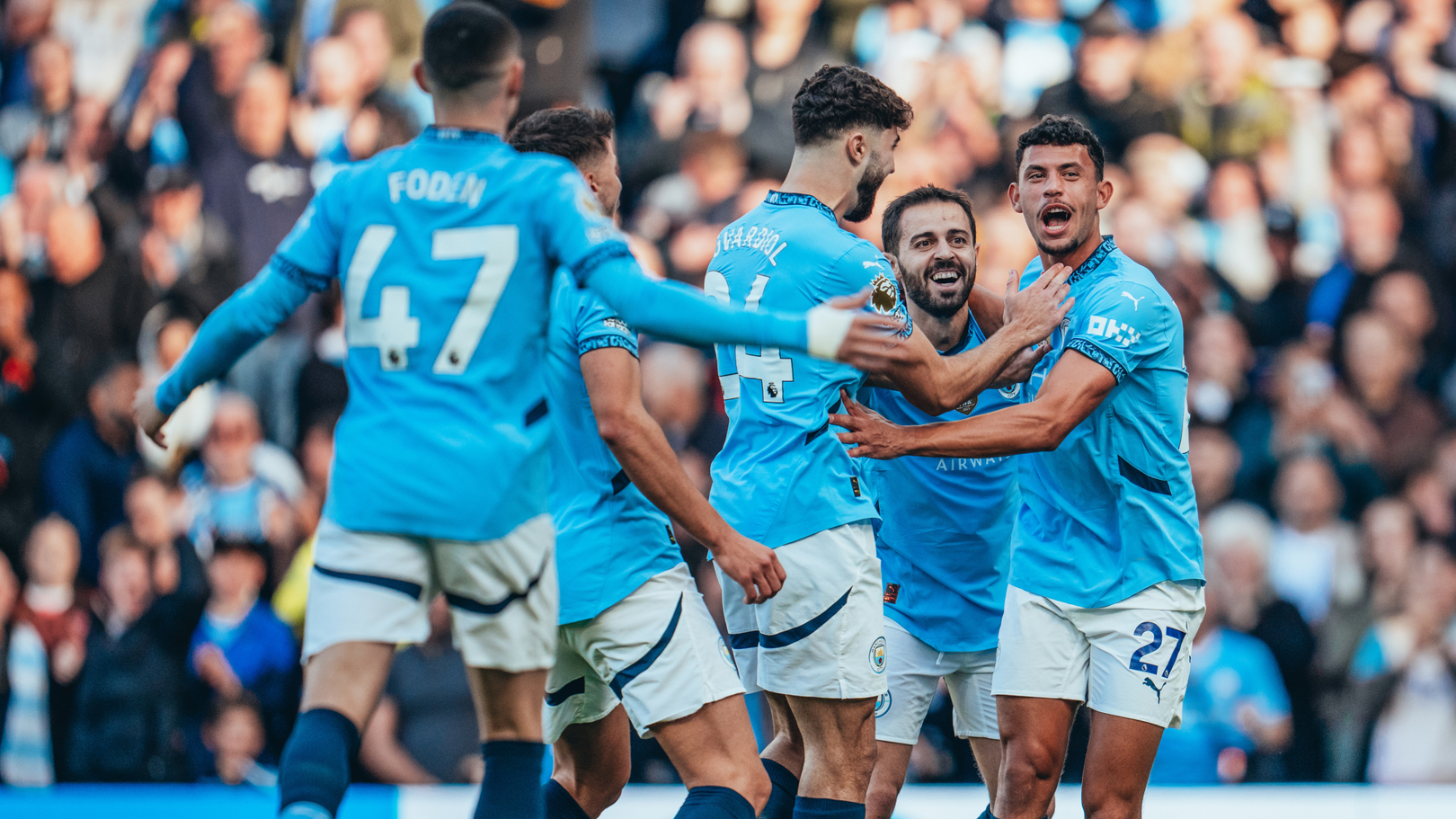- Designed to provide national teams the opportunity to compete in qualifiers and friendlies, these breaks serve as a double-edged sword in the landscape of modern football.
As football enthusiasts around the globe eagerly anticipate the European leagues' return, the recent international break has elicited a spectrum of opinions among fans, players, and managers alike.
Designed to provide national teams the opportunity to compete in qualifiers and friendlies, these breaks serve as a double-edged sword in the landscape of modern football.
For many fans, international windows can be a frustrating interruption to the rhythm of domestic leagues. The absence of club football leads to a longing for the high-stakes drama typical of league play, as supporters find themselves glued to often unpredictable international matches.
The excitement of watching national teams strive for qualification to major tournaments like the World Cup and the Euros, however, brings a sense of national pride and unity that domestic football rarely matches.
On the flip side, clubs express concerns about the toll these breaks take on player fitness and chemistry. With players returning to their clubs after traveling long distances and often participating in physically demanding matches, the risk of injuries increases.
Read More
Managers worry that the cohesion built in club training sessions can be disrupted, impacting performance upon their return. Moreover, the international break sheds light on the broader issue of player welfare. Many clubs are calling for adjustments to the football calendar to minimize the frequency of breaks, especially during a season where fatigue can lead to decreased performance levels.
Balancing the demands of club football with the patriotism and passion of international play continues to be a significant challenge. As observers reflect on the recent international fixture schedule, it becomes evident that while these breaks are essential for the growth and diversity of football, they also require careful management to ensure the well-being of players and the continued enthusiasm of fans. The debate will likely persist, with stakeholders from both sides seeking solutions that benefit the beautiful game as a whole.










